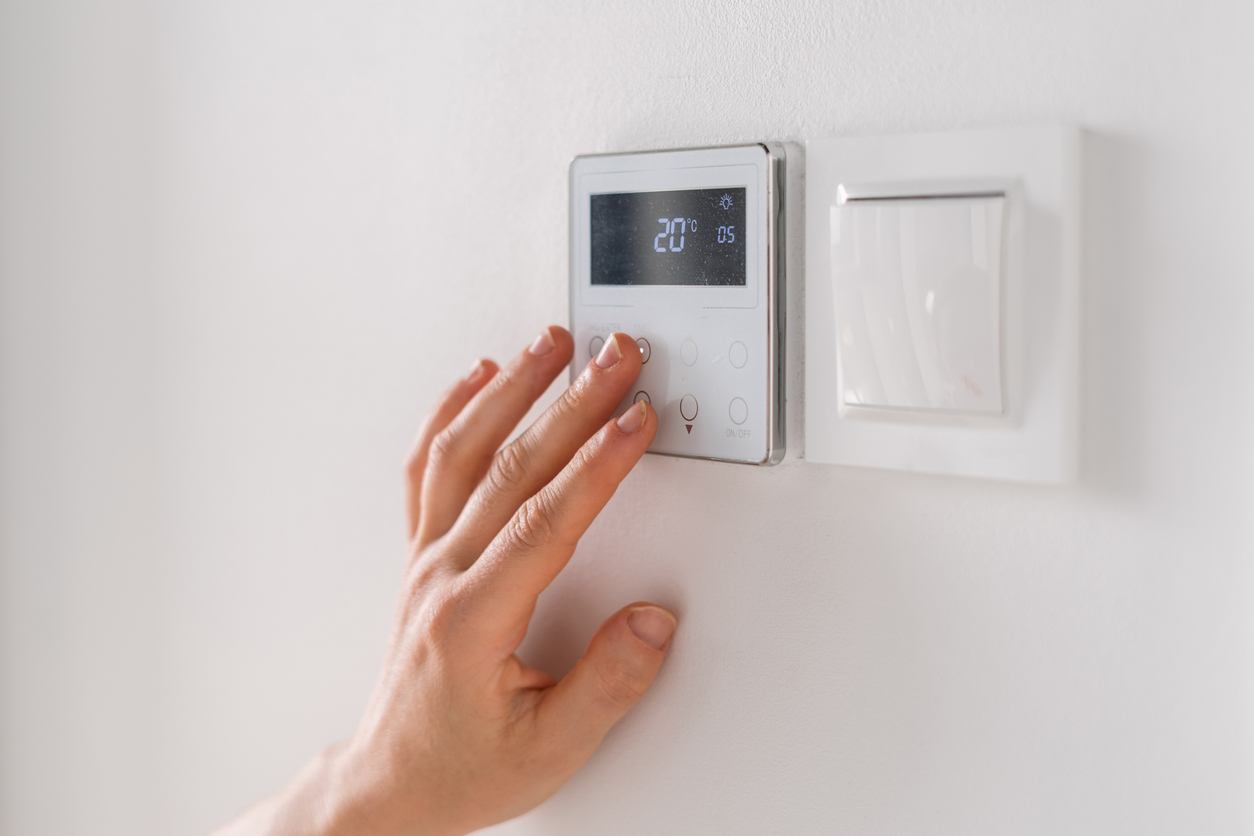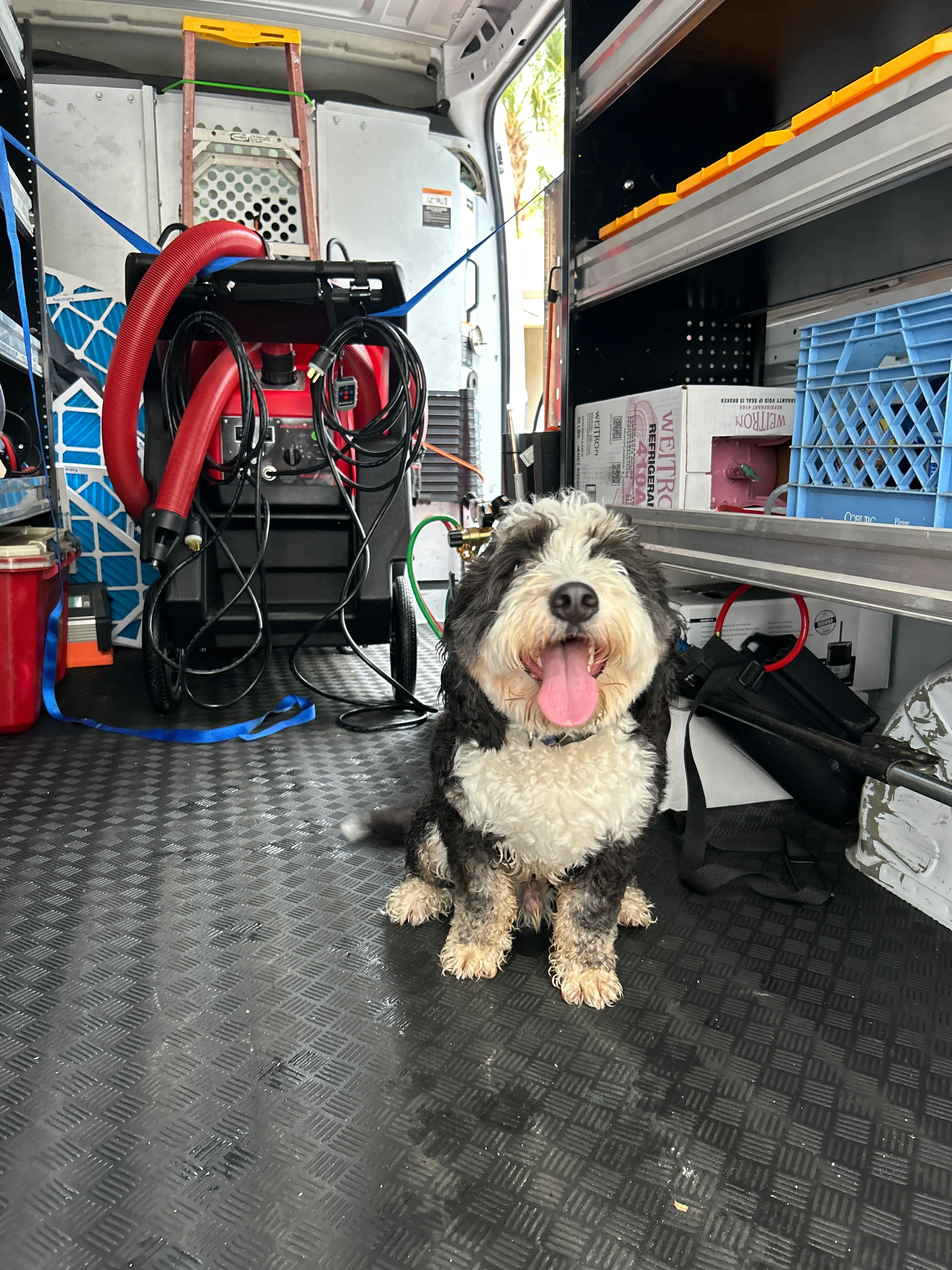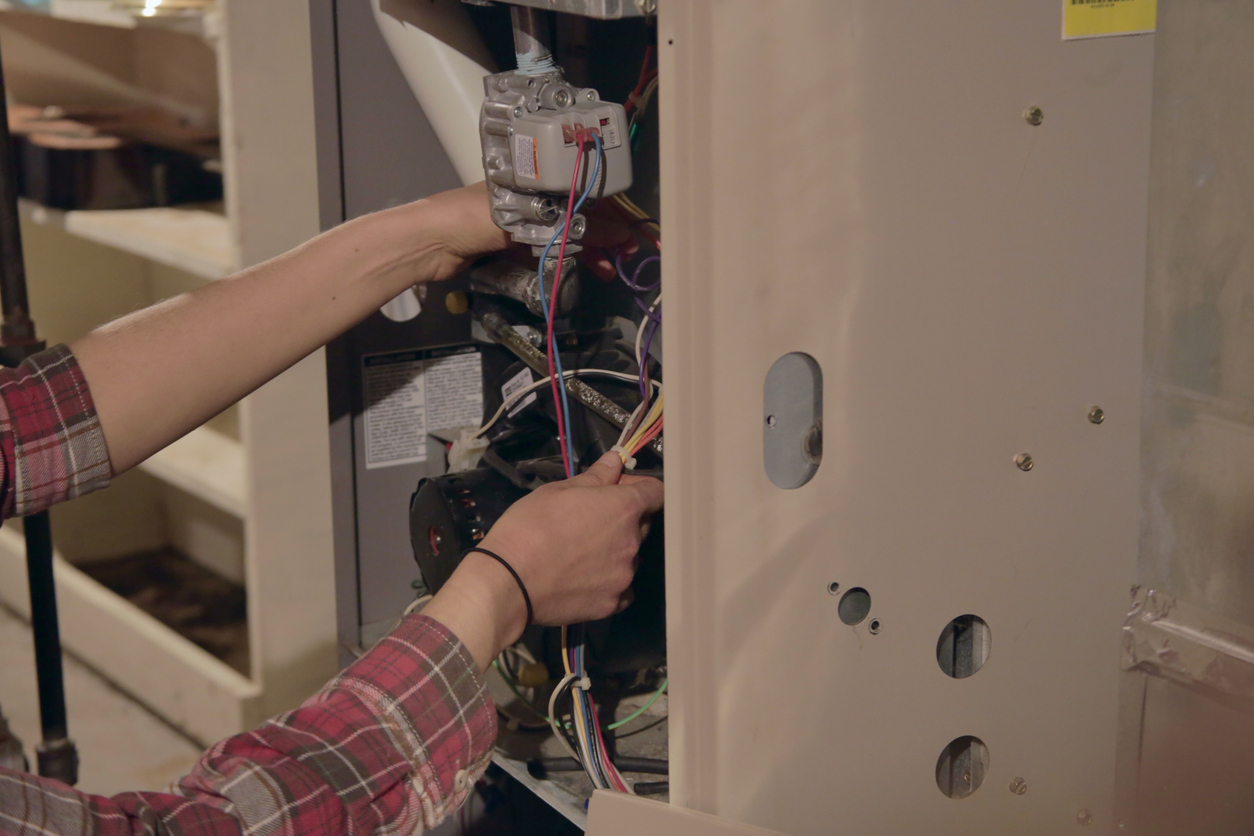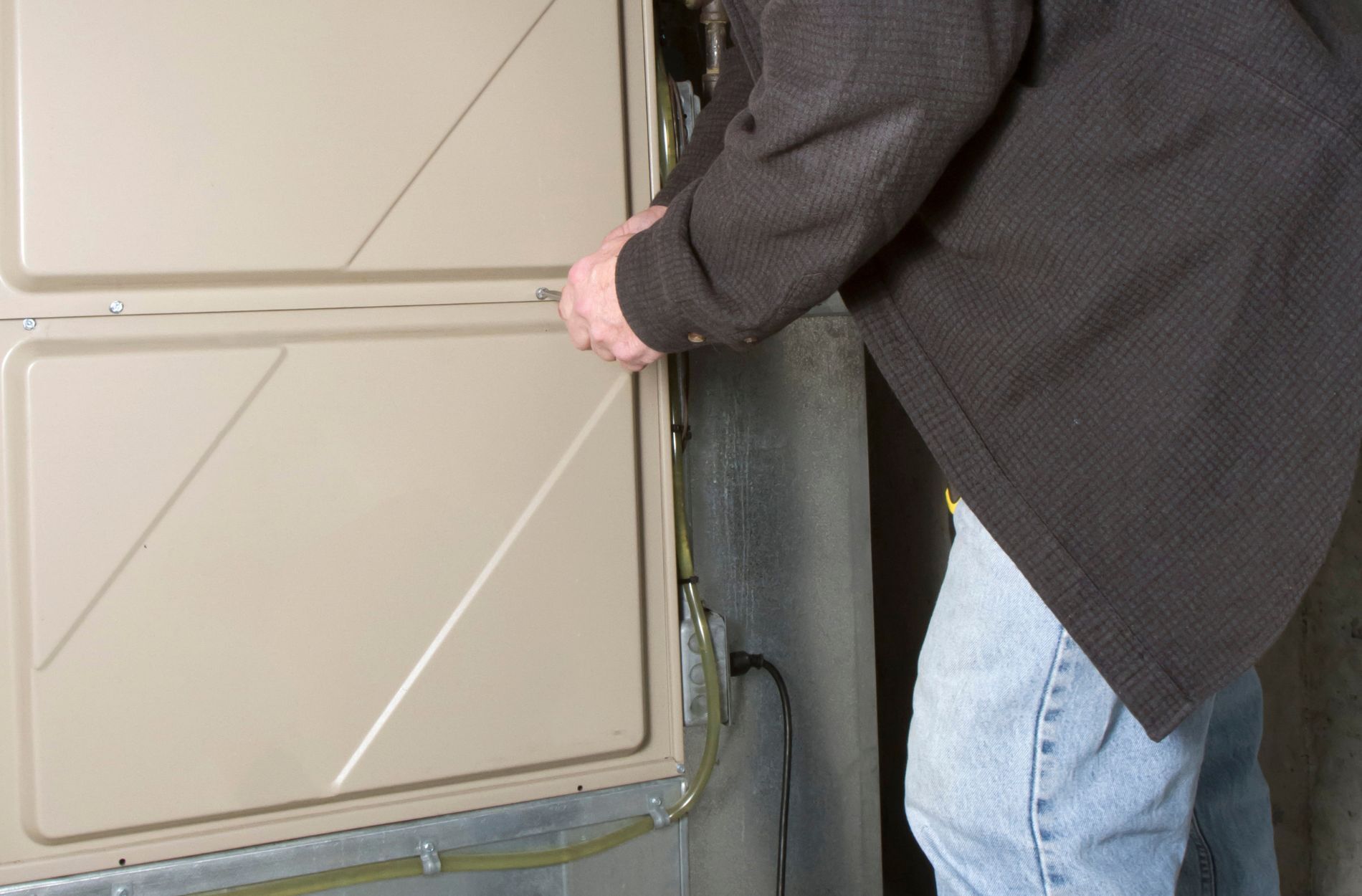
Troubleshooting Common Heating Problems: How to Diagnose and Fix Heating Issues in Your Home
Most common heating problems stem from predictable issues within your heating system—thermostat glitches, power interruptions, pilot light failures, boiler leaks, blocked radiators, and worn-out motors—all of which can lead to discomfort and higher energy bills This guide offers straightforward diagnostics and safe DIY checks for troubleshooting your heating system We’ll explore likely causes like low boiler pressure or sludge in radiators and pinpoint when it’s best to call in a professional heating repair expert You’ll learn step-by-step how to figure out why your heating system isn’t kicking on, how to interpret unusual boiler sounds like kettling, how to safely bleed and balance radiators, and how to repressurize your boiler Plus, we’ll cover practical checks for furnaces blowing cold air Each section provides clear definitions, explains how things work, and offers actionable checks so you can test symptoms, apply quick fixes, and decide when to seek professional help The guide also outlines ways to cut down on high heating bills through insulation, regular maintenance, and smart thermostats, and points you toward local professional services when DIY efforts are exhausted.
Why Is My Heating System Not Turning On Causes and Solutions
When your heating system refuses to start, the issue typically lies in one of three areas: controls (your thermostat), power supply (electricity or gas pilot), or safety cutouts (fuses or breakers) Understanding these components helps homeowners perform quick checks—verifying the thermostat’s mode and batteries, confirming power at the circuit breaker, and inspecting the pilot light or gas valve indicator—allowing them to restore heat for simple fixes These initial checks can resolve many "no start" scenarios and prevent unnecessary service calls, while clear safety warnings indicate when professional intervention is necessary The following subsections break down thermostat, power, pilot light, and breaker issues into specific tests and safe steps to take before contacting a technician.
What Thermostat Issues Prevent Heating System Startup?

A faulty thermostat is a common reason your heating system won’t start, often due to incorrect settings, dead batteries, or communication problems Double-check that your thermostat is set to "heat" mode, confirm the desired temperature is higher than the current room temperature, and replace batteries in units that require them Smart thermostats might need a simple reboot or a Wi-Fi reconnection Issues with wiring or thermostat calibration can also disrupt the signal to your furnace or boiler, leading to a "no start" symptom even if the heating unit itself is functioning correctly After performing these basic checks, try setting the thermostat to a higher temperature and listen for the system to respond If it remains unresponsive, it suggests a thermostat replacement or a diagnosis by an electrician or HVAC professional might be needed.
How Does Power Supply Affect Heating System Operation?
Power supply problems can halt heating operation by cutting off the electrical feed to the boiler, furnace, or control systems Common culprits include tripped circuit breakers, blown fuses, and switched-off isolation switches

Safely check your main electrical panel for tripped circuits, inspect any fused spur connected to the boiler, and verify that the external isolation switch is in the "on" position Always adhere to electrical safety guidelines and avoid touching live components If a breaker trips repeatedly or you notice any scorch marks, these are serious red flags that require immediate attention from an electrician or an HVAC technician, as they could indicate motor faults or degraded wiring Confirming a steady power supply restores functionality for many systems and helps narrow down the diagnosis to control or mechanical issues.
What Role Does the Pilot Light Play in Heating System Failure?
For gas boilers and furnaces, the pilot light (or electronic ignition system) is the critical component that ignites the fuel, so a failed pilot light means no heat generation You can identify a pilot light outage by looking for a small flame in the designated window on older boilers or by listening for the ignition sequence on newer appliances If it’s safe and permitted by your manufacturer’s instructions, attempt to relight the pilot light; otherwise, contact a registered gas engineer If the pilot light repeatedly goes out, it usually signals a problem with the thermocouple, gas valve, or combustion control system, which should only be handled by a qualified technician for safety and compliance If pilot light checks are complete, investigate potential gas supply issues or ignition module faults before assuming more complex repairs are necessary.
How Can a Tripped Circuit Breaker Stop Your Heating System?
A tripped circuit breaker cuts off the electrical supply to your heating appliance and its control board, resulting in sudden shutdowns and a loss of heat Only reset breakers after ensuring there isn't an ongoing fault: switch the breaker completely off and then back on, and observe if it stays engaged If it trips immediately, the appliance or its wiring may have a short circuit or an overloaded motor Repeated or unexplained breaker trips warrant a professional electrical and HVAC inspection, as motor failure, capacitor issues, or wiring problems can cause significant damage to the heating unit if the root cause isn't addressed If resetting the breaker restores operation, monitor the system closely and proceed to check filters and the motor to prevent recurring trips.
Introductory reference: The table below helps you quickly map "no start" symptoms to probable causes and immediate checks.
SymptomProbable CauseQuick DIY CheckWhen to Call a ProThermostat shows no responseDead batteries, wrong mode, wiring faultReplace batteries, set to heat and raise setpointPersistent no signal or wiring suspectedNo power to boiler/furnaceTripped breaker, isolation switch offCheck consumer unit and local switchRepeated trips or burning smellPilot light out / no ignitionPilot, thermocouple or gas valveInspect pilot window or listen for ignitionGas smell, repeated pilot outageAppliance clicks but doesn’t fireGas supply or ignition moduleConfirm mains gas supply and listenNo ignition after checks
This EAV table helps readers prioritize simple actions and identify safety thresholds that require expert help.
What Causes a Boiler to Make Strange Noises and How Can You Fix Them?

Boiler noises are indicators of underlying hydraulic, scale, or mechanical issues Identifying the specific sound—whether it’s gurgling, banging, or kettling—can help determine if the problem is trapped air, pump failure, or limescale buildup Air trapped in the heating system often causes gurgling sounds and interrupted circulation, while kettling is a boiling sound caused by limescale restricting heat transfer on the heat exchanger, particularly in areas with hard water Mechanical banging or clunking noises can originate from pump cavitation, worn bearings, or improper water flow rates Use the following subsections to learn about safe checks, temporary fixes like bleeding radiators and adjusting flow, and when to schedule diagnostic services or a power flush.
How Does Air in the System Cause Boiler Noises?
When air becomes trapped within the heating system, it impedes proper water circulation, leading to gurgling sounds, intermittent heating, and unevenly heated radiators Air pockets can create cold spots in radiators that should otherwise be warm
What Is Kettling and How Does Limescale Buildup Affect Boiler Sounds?
Kettling is a distinct metallic or boiling sound emanating from the boiler, caused by limescale deposits accumulating on the heat exchanger This buildup restricts water flow and leads to localized overheating, creating the characteristic "kettle" effect as water rapidly boils in confined spaces In areas with hard water, limescale can build up over time, significantly reducing heat transfer efficiency Professional descaling or a power flush is typically required to remove these deposits and restore quiet, efficient operation Ignoring kettling can lead to premature heat exchanger failure and decreased system efficiency If you suspect kettling, it’s advisable to book a diagnostic appointment and consider implementing scale-prevention strategies to avoid future occurrences.
How Do Pump Issues Lead to Banging or Gurgling Noises?
A failing circulating pump can produce banging, thumping, or cavitation noises as its bearings wear out, its impeller seizes, or its flow becomes restricted Symptoms often include loud mechanical knocking sounds, reduced flow to upper-floor radiators, and inconsistent heating throughout the house Temporarily isolating and restarting the pump can help confirm if it’s the source of the noise Pump replacement or bearing service is usually necessary to restore smooth circulation, while ensuring correct pump speed settings and system balancing can prevent recurrence If pump noises are accompanied by pressure fluctuations, it’s important to check the expansion vessel and pressure system alongside the pump to pinpoint the root cause.
When Is Professional Boiler Repair Needed for Noise Problems?
Persistent, worsening, or potentially safety-related boiler noises necessitate professional boiler repair, as they often indicate internal component issues, significant scale buildup, or combustion problems If noises return after bleeding radiators, if kettling is present, or if the pump is making mechanical knocking sounds, a qualified technician should perform diagnostic checks, descaling, a power flush, or component replacement Professional intervention also helps protect warranties and ensures combustion safety Technicians can recommend ongoing maintenance to minimize future noise and efficiency loss For noises that coincide with pressure drops or system lockouts, schedule a diagnostic visit promptly to prevent further damage.
How to Fix Radiator Cold Spots and Uneven Heating in Your Home
Radiator cold spots and uneven heating typically result from trapped air, sludge buildup, improper system balancing, or pump flow issues that disrupt water circulation and heat transfer
A systematic approach—starting with bleeding to remove trapped air, flushing out stubborn sludge, balancing the system to equalize flow, and checking pump performance—can resolve most distribution problems and restore consistent room temperatures The subsections below provide instructions for safely bleeding radiators, explain when chemical flushes or professional power flushing are necessary, and outline the basics of balancing, so you can prioritize simple DIY fixes before calling a technician.
What Causes Trapped Air and How Do You Bleed a Radiator?
Trapped air tends to accumulate at the top of radiators, preventing hot water from filling the entire panel and resulting in a cold top and warm bottom section This is a classic sign of an airlock To bleed a radiator safely, first turn off the heating system and allow it to cool Place a cloth and a container beneath the bleed valve Using a radiator key, slowly open the valve until air escapes, followed by water Once water flows steadily, close the valve and recheck the system pressure After bleeding multiple radiators, if the pressure has dropped below the recommended level, top up the boiler pressure and restart the heating to confirm even temperatures If air reappears quickly, it may indicate ongoing air ingress or a faulty automatic vent that requires professional attention.
How Does Sludge Buildup Affect Radiator Temperature Distribution?
Sludge, composed of magnetic and non-magnetic debris from internal corrosion, tends to settle at the bottom of radiators and in pipe bends, restricting water flow and causing persistent cold spots even after bleeding Symptoms include radiators that are hot at the inlet but cold at the bottom, noisy water flow, and signs of rapid corrosion Minor sludge buildup can sometimes be cleared by draining and flushing individual radiators However, severe blockages often necessitate a professional power flush to thoroughly purge the entire system Chemical cleaners can be effective for moderate cases when used according to instructions Repeated sludge formation suggests inadequate corrosion protection or system deterioration, which benefits from expert assessment and the installation of magnetic filters Persistent cold spots after bleeding typically indicate sludge rather than trapped air.
Introductory note: The table below maps radiator symptoms to likely causes and recommended responses for clear decision-making.
Radiator SymptomLikely CauseDIY FixProfessional Service RecommendedCold top, warm bottomTrapped airBleed radiator and check pressureRecurrent air or system purgeCold bottom or whole panel coldSludge blockageLocal flush after drainSystem power flushSome radiators hot, others coldIncorrect balancingAdjust lockshield valvesSystem balancing by technicianNoisy radiatorsAir or flow restrictionBleed and check pumpPump service or power flush
This EAV table helps you choose the right next step and know when flushing or balancing requires a professional.
What Is Radiator Balancing and Why Is It Important?
Radiator balancing involves adjusting the flow of hot water to each radiator so that all units receive an even supply, preventing radiators closer to the boiler from overheating while those further away remain cold Balancing is achieved by adjusting the lockshield valves: restricting flow to radiators that heat up quickly and increasing flow to those that heat up slowly This process is typically measured by temperature differences during a controlled heating cycle. The result is consistent room comfort and improved system efficiency While homeowners can attempt basic balancing, a full system balance and precise flow measurement usually require a technician with specialized tools to ensure accurate distribution Effective balancing reduces the demand on your thermostat and can improve fuel economy when combined with other maintenance practices.
How Can a Faulty Pump Cause Uneven Radiator Heating?
A failing pump can reduce the overall flow rate and pressure within the system, leading to insufficient hot water reaching certain radiators and causing uneven heating This can also result in increased noise as the pump struggles to circulate water Symptoms like grinding noises, weak flow to radiators, or the pump housing becoming excessively hot may indicate worn bearings or cavitation Checking the electrical supply and pump speed settings can determine if a simple adjustment is possible If pump faults are confirmed, replacement or professional servicing is typically required to restore proper flow and evenly distributed heat throughout the system After pump repair, it’s advisable to inspect for any residual sludge and perform balancing to re-establish consistent room temperatures.
When Should You Seek Professional Radiator Repair Services?
You should seek professional radiator repair when cold spots persist after bleeding, when multiple radiators are affected, or when leaks, corrosion, or sludge buildup prevent effective DIY fixes Complex tasks such as system power flushing, comprehensive rebalancing, and pump replacement require specialized tools and expertise to prevent damage and ensure a safe, permanent resolution Local professionals can also provide advice on corrosion protection, magnetic filters, and long-term maintenance plans to prevent recurring issues If your DIY steps fail to restore even heating, contact a qualified heating repair provider for diagnostics and remedial work.
For situations requiring professional radiator balancing, sludge removal, or power flushing services, TemperaturePro Lowcountry offers expert Heating Repair and HVAC Maintenance across the Lowcountry They specialize in radiator balancing and system cleans and provide convenient local booking options through their business profile for residents needing on-site diagnostics.
Conclusion
Effectively troubleshooting heating problems not only restores comfort but also enhances system efficiency and reduces energy costs By understanding common issues such as thermostat errors, power supply faults, and air circulation problems, homeowners can take proactive steps to maintain their heating systems Regular maintenance and timely professional assistance ensure long-term reliability and performance For expert help with your heating system, consider reaching out to local professionals who can provide tailored solutions.
A systematic approach—starting with bleeding to remove trapped air, flushing out stubborn sludge, balancing the system to equalize flow, and checking pump performance—can resolve most distribution problems and restore consistent room temperatures The subsections below provide instructions for safely bleeding radiators, explain when chemical flushes or professional power flushing are necessary, and outline the basics of balancing, so you can prioritize simple DIY fixes before calling a technician.
What Causes Trapped Air and How Do You Bleed a Radiator?
Trapped air tends to accumulate at the top of radiators, preventing hot water from filling the entire panel and resulting in a cold top and warm bottom section This is a classic sign of an airlock To bleed a radiator safely, first turn off the heating system and allow it to cool Place a cloth and a container beneath the bleed valve Using a radiator key, slowly open the valve until air escapes, followed by water Once water flows steadily, close the valve and recheck the system pressure After bleeding multiple radiators, if the pressure has dropped below the recommended level, top up the boiler pressure and restart the heating to confirm even temperatures If air reappears quickly, it may indicate ongoing air ingress or a faulty automatic vent that requires professional attention.
How Does Sludge Buildup Affect Radiator Temperature Distribution?
Sludge, composed of magnetic and non-magnetic debris from internal corrosion, tends to settle at the bottom of radiators and in pipe bends, restricting water flow and causing persistent cold spots even after bleeding Symptoms include radiators that are hot at the inlet but cold at the bottom, noisy water flow, and signs of rapid corrosion Minor sludge buildup can sometimes be cleared by draining and flushing individual radiators However, severe blockages often necessitate a professional power flush to thoroughly purge the entire system Chemical cleaners can be effective for moderate cases when used according to instructions Repeated sludge formation suggests inadequate corrosion protection or system deterioration, which benefits from expert assessment and the installation of magnetic filters Persistent cold spots after bleeding typically indicate sludge rather than trapped air.
Introductory note: The table below maps radiator symptoms to likely causes and recommended responses for clear decision-making.
Radiator SymptomLikely CauseDIY FixProfessional Service RecommendedCold top, warm bottomTrapped airBleed radiator and check pressureRecurrent air or system purgeCold bottom or whole panel coldSludge blockageLocal flush after drainSystem power flushSome radiators hot, others coldIncorrect balancingAdjust lockshield valvesSystem balancing by technicianNoisy radiatorsAir or flow restrictionBleed and check pumpPump service or power flush
This EAV table helps you choose the right next step and know when flushing or balancing requires a professional.
What Is Radiator Balancing and Why Is It Important?
Radiator balancing involves adjusting the flow of hot water to each radiator so that all units receive an even supply, preventing radiators closer to the boiler from overheating while those further away remain cold Balancing is achieved by adjusting the lockshield valves: restricting flow to radiators that heat up quickly and increasing flow to those that heat up slowly This process is typically measured by temperature differences during a controlled heating cycle. The result is consistent room comfort and improved system efficiency While homeowners can attempt basic balancing, a full system balance and precise flow measurement usually require a technician with specialized tools to ensure accurate distribution Effective balancing reduces the demand on your thermostat and can improve fuel economy when combined with other maintenance practices.
How Can a Faulty Pump Cause Uneven Radiator Heating?
A failing pump can reduce the overall flow rate and pressure within the system, leading to insufficient hot water reaching certain radiators and causing uneven heating This can also result in increased noise as the pump struggles to circulate water Symptoms like grinding noises, weak flow to radiators, or the pump housing becoming excessively hot may indicate worn bearings or cavitation Checking the electrical supply and pump speed settings can determine if a simple adjustment is possible If pump faults are confirmed, replacement or professional servicing is typically required to restore proper flow and evenly distributed heat throughout the system After pump repair, it’s advisable to inspect for any residual sludge and perform balancing to re-establish consistent room temperatures.
When Should You Seek Professional Radiator Repair Services?
You should seek professional radiator repair when cold spots persist after bleeding, when multiple radiators are affected, or when leaks, corrosion, or sludge buildup prevent effective DIY fixes Complex tasks such as system power flushing, comprehensive rebalancing, and pump replacement require specialized tools and expertise to prevent damage and ensure a safe, permanent resolution Local professionals can also provide advice on corrosion protection, magnetic filters, and long-term maintenance plans to prevent recurring issues If your DIY steps fail to restore even heating, contact a qualified heating repair provider for diagnostics and remedial work.
For situations requiring professional radiator balancing, sludge removal, or power flushing services, TemperaturePro Lowcountry offers expert Heating Repair and HVAC Maintenance across the Lowcountry They specialize in radiator balancing and system cleans and provide convenient local booking options through their business profile for residents needing on-site diagnostics.
Conclusion
Effectively troubleshooting heating problems not only restores comfort but also enhances system efficiency and reduces energy costs By understanding common issues such as thermostat errors, power supply faults, and air circulation problems, homeowners can take proactive steps to maintain their heating systems Regular maintenance and timely professional assistance ensure long-term reliability and performance For expert help with your heating system, consider reaching out to local professionals who can provide tailored solutions.

Financing



















